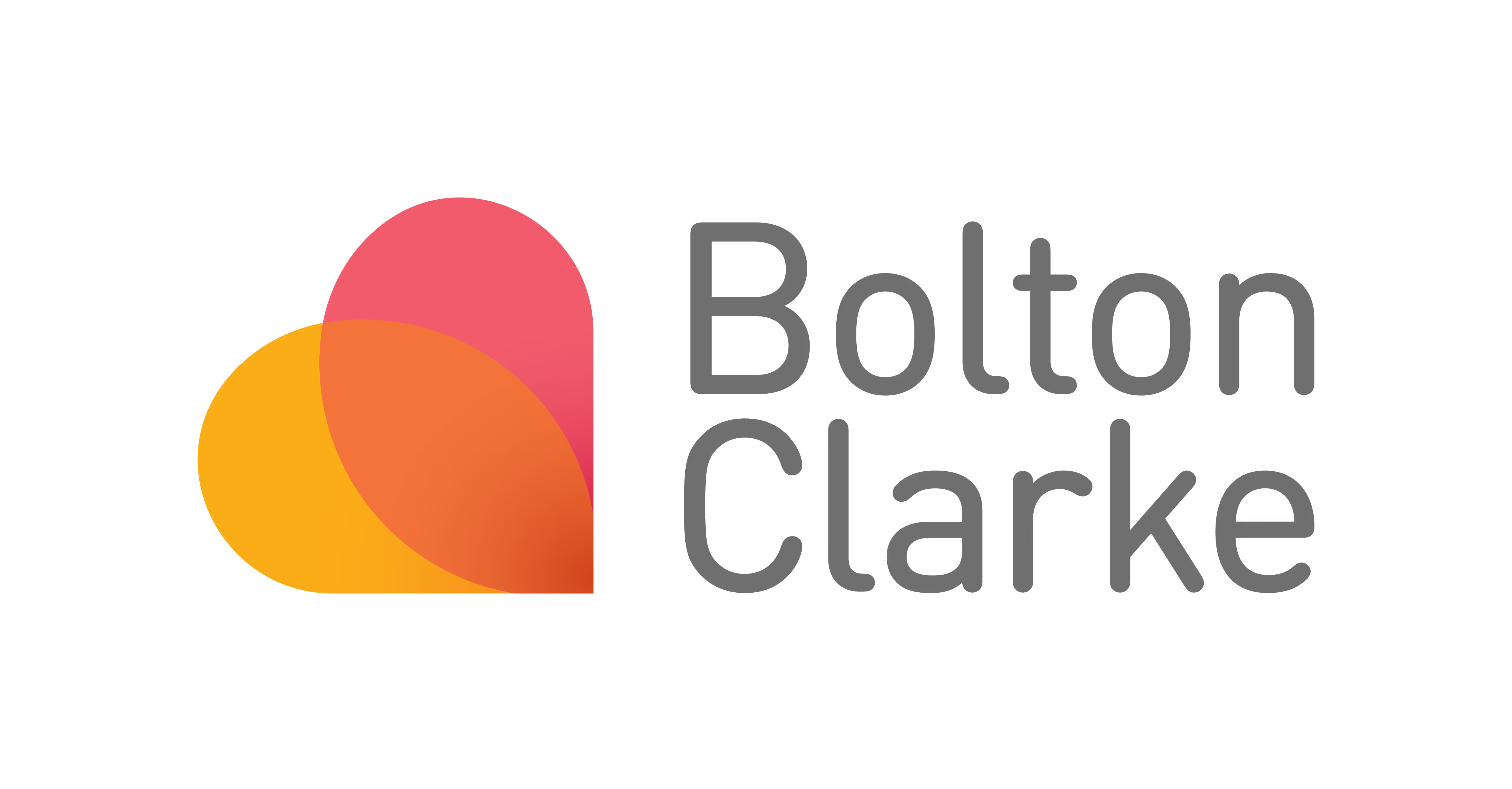Blink vs. Lumapps: Simpler, faster, more engaging
LumApps is an intranet-first platform, deeply tied to Google Workspace and built with knowledge workers in mind. Blink takes a different approach: a mobile-first employee app designed to connect every worker, no matter where they are. Compare the two and see why organizations choose Blink for adoption that actually sticks.




Built for people, not portals
Blink was designed as an employee app, not a portal. From chat and voice notes to surveys and workflows, it’s a daily-use tool that employees rely on, not another site they forget to check. LumApps is an intranet at its core — a CMS where admins publish content and employees are expected to log in and browse. That works for desk-based staff, but it creates barriers for everyone else.
Mobile-first, no extra cost
Blink was mobile-first from day one, and it shows — offline access, instant notifications, voice notes, and live video are all standard, with no hidden charges. With LumApps, mobile comes at an extra cost. And because it was bolted on later, the experience doesn’t always match what employees expect from a modern app.



Rapid deployment, faster ROI
Blink goes live in weeks. With native authentication, out-of-the-box Workday integrations, and proven launch playbooks, you’ll start seeing measurable engagement and ROI almost immediately. Deploying LumApps can take months, with heavy IT involvement, licensing requirements, and complex Google integrations.
Adoption beyond the office
LumApps shines in Google-heavy enterprises with office-based knowledge workers. But adoption often struggles outside that bubble, especially with hybrid or frontline employees. Blink flips the script: 90%+ activation rates across industries, because communication, workflows, and resources are all in one app that works in the flow of daily life.


Blink's wins explained
Engagement that reaches everyone
Blink ensures every employee gets the right message in the right format — whether it’s chat, surveys, video, or live streams — even frontline teams without email.
Mobile-first by design
Mobile isn’t an add-on. It’s core to Blink. Offline mode, push notifications, chat, and video come standard — no hidden charges.
Faster rollouts, proven ROI
Blink deploys in weeks with minimal IT support. Customers see adoption rates above 90% and measurable impact from day one.
Broad integrations that drive action
Blink integrates seamlessly with Microsoft 365, Workday (as the only EXP Platinum Partner), HRIS, payroll, scheduling, and SSO.
Always modern, always evolving
Blink evolves quickly, with a customer-driven roadmap and frequent feature releases, ensuring organizations always have an adaptable, modern, and future-proof solution.
No IT headaches
Skip the complexity of CMS-style intranets. Blink’s native authentication and simple admin tools mean no extra licenses or heavy IT lift.
FAQs: Blink vs Lumapps
Does Blink replace an intranet like LumApps?
Yes. Blink is more than just an intranet — it’s a mobile-first employee app that combines communication, engagement, and workflows in one place. While LumApps is designed primarily as a corporate intranet with a CMS back end, Blink replaces that complexity with an intuitive, all-in-one app. Employees get news, updates, chat, surveys, recognition, and even workflows without logging into multiple systems. This makes Blink a simpler, faster alternative to intranet-first platforms like LumApps.
How does Blink’s mobile app compare to LumApps’?
Blink was designed as mobile-first, so features like chat, voice notes, push notifications, offline mode, and live video are core to the product — included at no extra cost. LumApps, by contrast, charges separately for its mobile app and the experience feels like a companion tool rather than the primary way employees engage. For organizations with frontline teams or distributed workforces, Blink’s native mobile experience drives far higher adoption and daily usage.
Does Blink or Lumapps drive higher adoption?
Blink. With mobile-first design and employee-centric features, Blink consistently achieves 90%+ activation rates — even for frontline and hybrid teams. LumApps performs well with office-based, Google-centric employees, but often struggles with adoption among non-desk workers.
Trusted by the world's leading brands





.svg)

.svg)















